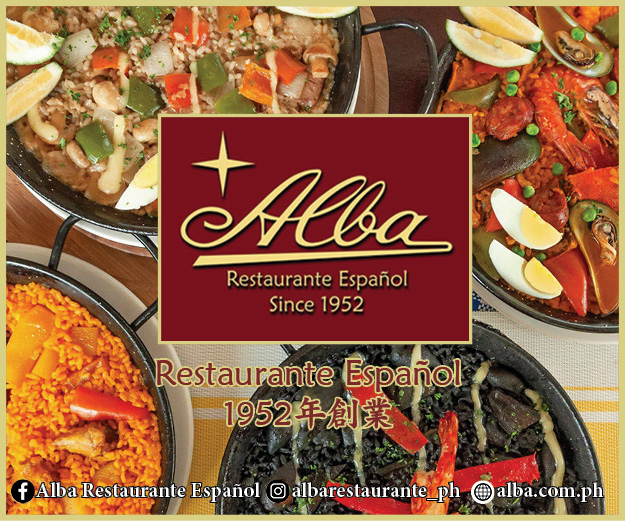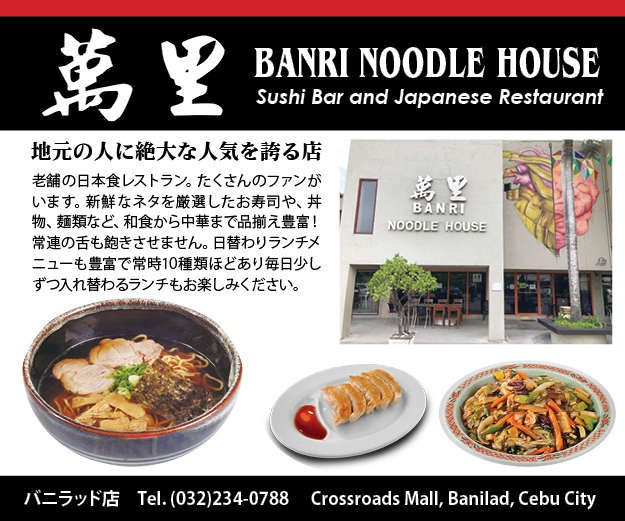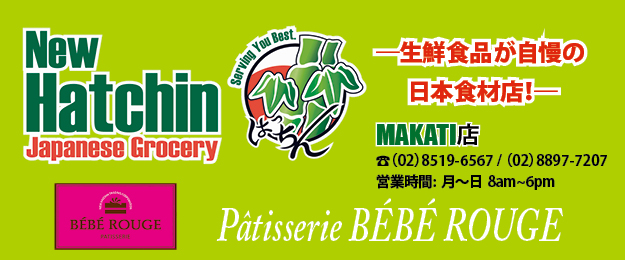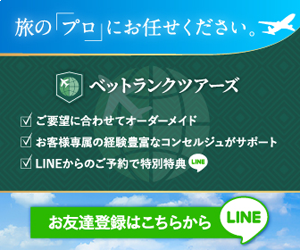フィリピンと日本
国が変わればハロウィーンも変わる
世界各国で行われているハロウィーンの行事。フィリピンと日本にも文化を反映したハロウィーンの過ごし方があります。比べてみると……
フィリピン 墓場に行って宴会!?
ショッピングモールなどにオレンジ色のカボチャの飾りが登場したり、ハロウィーンをテーマにしたイベントが行われたりするのは、ほかの国と同様ですが、フィリピンならではと思われるのが、11月1日の万聖節(諸聖人の日)と2日の万霊節(死者の日)。この2日間の祝日は「ウンダス(UNDAS/UNos Dias de los Almas y de los Santosスペイン語で死者と聖人の日の意味 )と呼ばれます。
家族で墓地を訪れて墓をきれいにし、ろうそくを灯して祈り、花や食べ物を捧げます。遠方に住む家族や親類との再会の日であり、生きている者と亡くなった者とのつながりを思う日です。マニラの北部墓地などでは毎年100万人が訪れます。ウンダスの期間中は禁酒となりますが、墓の前で盛大に食事をして、宴会のような雰囲気になることも。これは亡くなった人と一緒に楽しい時間を過ごすため、またあの世にいる人に「こっちは元気でやってます」と伝える意味があるのだそうです。
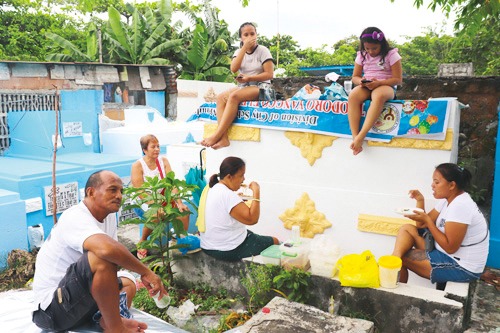
北部墓地(首都圏マニラ市)にある家族の墓のそばで食事をする一家。
North Cemetery in Metro Manila, a family enjoys a meal by their relatives’ grave (撮影: まにら新聞 2019年)
日本 コスプレ文化と合体
日本にハロウィーンが紹介されたのは1970年代とされていますが、一般に広く知られるようになったのは、1990年代に東京ディズニーランドで行われたハロウィーンイベントがきっかけといわれています。その後、仮装をするハロウィーンと、日本のコスプレが結びつき、近年はSNSの普及も伴ってハロウィーンは大きなイベントとなっています。大規模なハロウィーンイベントに、ユニバーサルスタジオジャパン(大阪)の「ハロウィーン・ホラーナイト&ハロウィーンパーティー」、東京・池袋の「ハロウィーン・コスプレフェスティバル」、東京・六本木ヒルズハロウィーンなどがあります。
日本のハロウィーンは歴史や宗教的な意味合いはほとんどなく、コスチュームも怪物や魔女のほかに、漫画アニメのキャラクター、時の人、ネットミームなどさまざま。ポップカルチャーイベントの要素が強い一方、東京の渋谷ではハロウィーンのイベントが行われてもいないのに仮装をした多数の日本人や外国人が集まります。そして、混雑や迷惑行為などが例年社会問題となっています。菓子をあげるからおとなしくして、とはいかないようです。
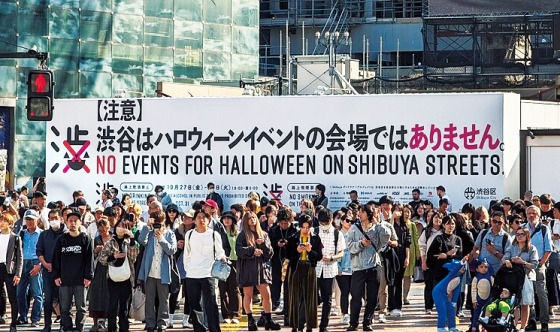
How the Philippines and Japan Do Halloween
Halloween is celebrated around the world, and both the Philippines and Japan have their own culturally unique ways of observing it.
the Philippines A Feast at the Cemetery
Like many other countries, shopping malls in the Philippines have orange pumpkin decorations and host Halloween-themed events. But what makes the season uniquely Filipino is the way All Saints’ Day (November 1) and All Souls’ Day (November 2) are celebrated . These two public holidays are known as Undas (from the Spanish Unos Días de los Almas y de los Santos, meaning “Days of the Souls and the Saints”).
On these days, families visit cemeteries to clean graves, light candles, pray, and offer flowers or food to their departed loved ones. It’s also a time for family reunions and for reflecting on the bond between the living and the dead.
Although alcohol is officially prohibited during Undas, it’s common to see families enjoying a meal at the graveside, creating a lively, almost festive atmosphere. The idea is to spend joyful time with the departed and to show that they are remembered.
Japan Tradition Evolved into a Cosplay Party
Halloween was first introduced to Japan in the 1970s, but it wasn’t until the 1990s—when Tokyo Disneyland began hosting Halloween events—that it gained widespread popularity. Over time, the Western tradition of dressing up merged with Japan’s own cosplay culture. With the rise of social media in recent years, Halloween has grown into a massive event.
Major Halloween events include Universal Studios Japan’s Halloween Horror Nights & Halloween Party in Osaka, the Ikebukuro Halloween Cosplay Festival in Tokyo, and the annual Roppongi Hills Halloween parade.
In Japan, Halloween carries little historical or religious meaning. Costumes range from monsters and witches to anime and manga characters, celebrities, and viral internet memes. It’s more pop culture festival than spiritual tradition.
In Tokyo’s Shibuya district, thousands of Japanese and foreign cosplayers gather every year even without an official Halloween event. The massive crowds, disruptive behavior on the streets have become a serious social issue. In this case, handing out candy doesn’t seem nearly enough to keep things under control.
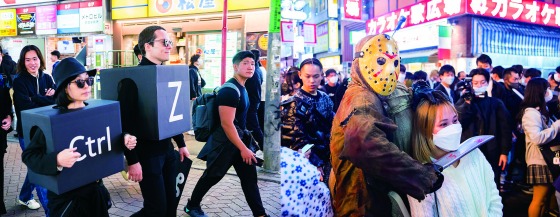
ハロウィーンの日に渋谷に集まったコスプレイヤー。
Cosplayers in Shibuya on Halloween (photos : Wikimedia Commons CC BY 2.0 Dick Thomas Johnson)










